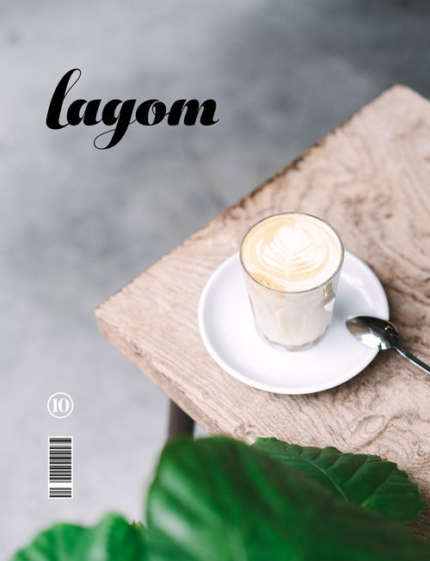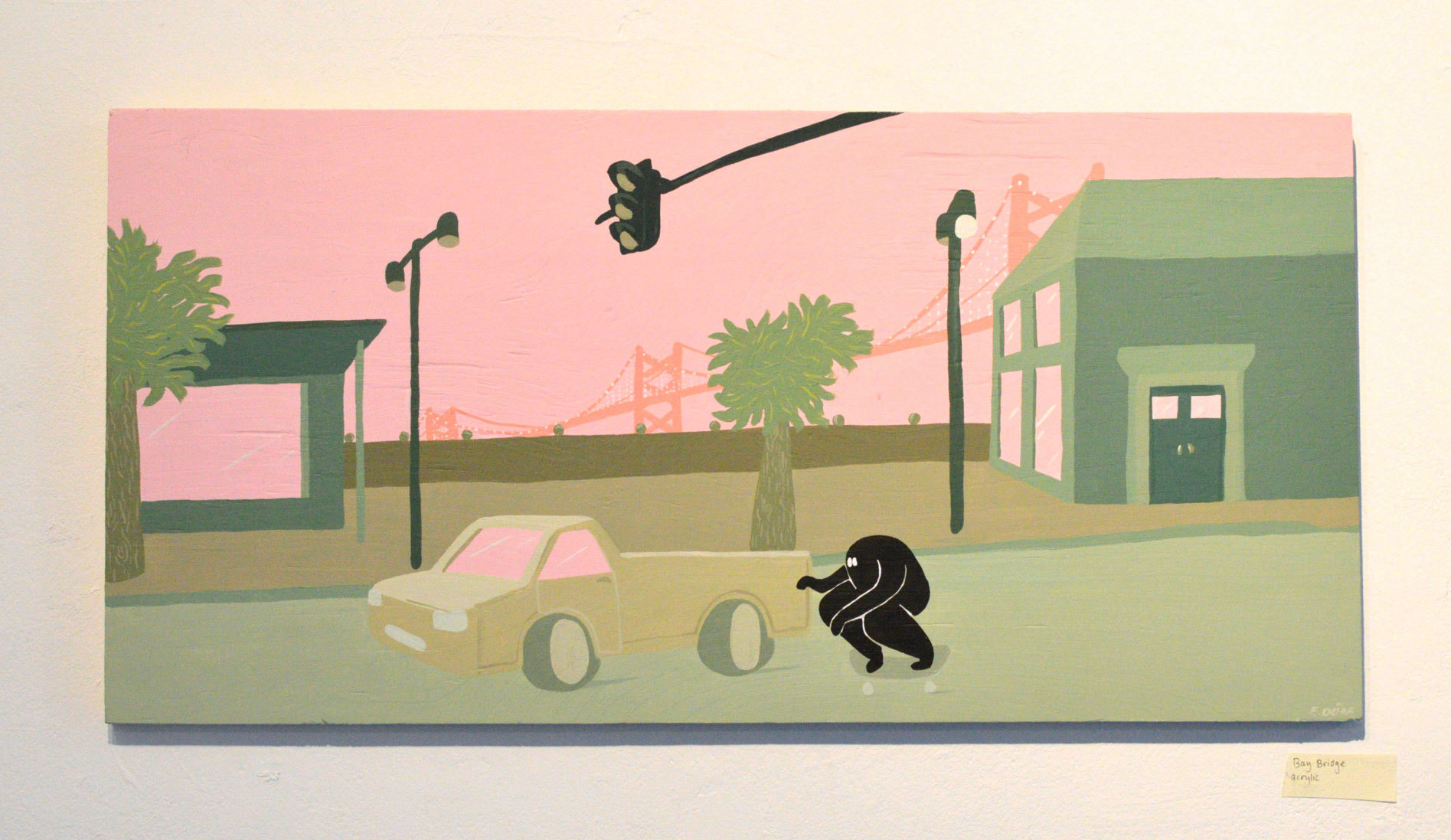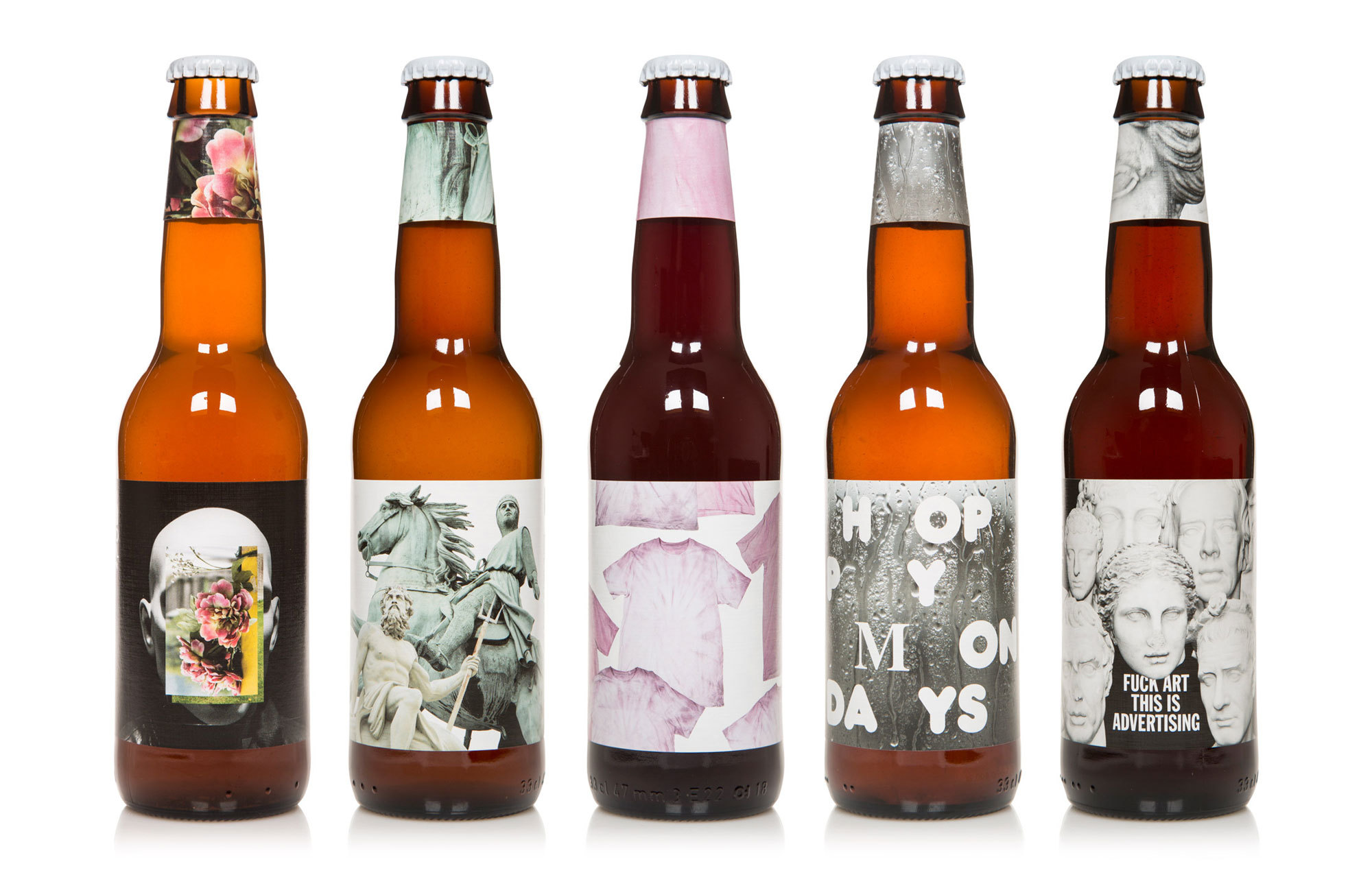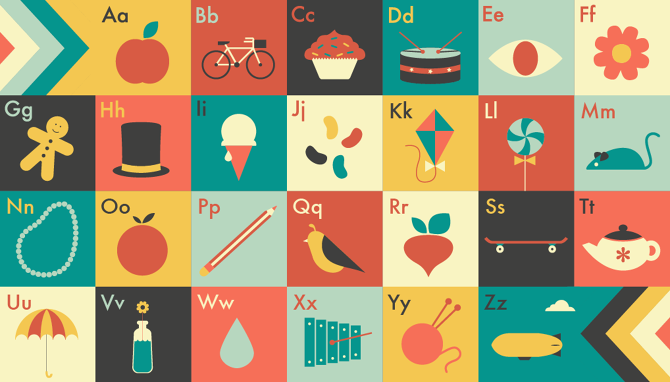Artist profile: Pippa Dyrlaga
July 19, 2017
The practice of paper-cutting is an art form that requires patience, finesse, and perhaps most importantly, a steady hand. Artist Pippa Dyrlaga demonstrates all of these skills and more as she elegantly transforms paper to give it the appearance of fine lace, depicting scenes inspired by the natural world.
We cut to the chase with Pippa, as she explains the perks of her work and the challenges that arise when working as an independent maker.
Obviously paper cutting is a fairly niche craft to pursue. When did you realise that this was the medium you wanted to focus on?
The first time I tried it, I was really just experimenting with silhouette effects, and the use of shadow.
I remember finishing my first one and thinking how much I liked it, but I knew I could do better. So I made a few more, and it was like a light was switched on. Despite some difficulties with the technical aspects of it at first, and having to think about the images I was creating in a different way (in negative), it felt so natural and it wasn’t long before I realised this was definitely the medium for me. I never really stopped after that.
How long do your pieces take to construct?
They really vary in size and intricacy, so it depends what I'm working on. Smaller pieces can take around eight hours, and larger ones up to 100 hours and more. I’ll do a lot of research for reference images, but I like to bring the layout together as I'm working on the piece, usually starting with just one section and building the rest of the image around it as I'm working on it.
What’s been your favourite piece to work on? Both in terms of the process and the outcome?
I like the pieces that feel like a challenge, and almost impossible when I first start. I worked with a local jeweller called Element on a window display. I was paired up with them through a local initiative following flooding in my town to cover the windows of shops whilst they refurbished. At first it was terrifying, because they had six 1.5m x 2m windows and I had two weeks. I made six huge panels which hung down covering the windows, and then adapted and cut when they reopened to integrate into their new display. It was a huge task but I was incredibly pleased with the result.
What would you say your biggest creative influences are?
Other artists that are really pushing the boundaries of the materials they work in, especially paper artists and artists who are bridging the gap between contemporary art and traditional crafts. A particular artist called Bovey Lee was a huge inspiration when I first started — her work is truly amazing and it pushed me to try and produce the best work I possibly can.
Basically, I'm influenced by any artist who forces me to criticise my own work and question if I'm producing the best work I can be, in terms of technique and also what I'm trying to say with the content of my work.
I have a huge love of the Art Deco period, traditional Japanese woodblock printing and old encyclopedia illustration.
Apart from that, I read art and culture magazines, blogs, and try to visit galleries and museums when I can. I also love scouring for art documentaries on YouTube. I try to expose myself to as many different mediums and artists as I can.
What do you think is the biggest challenge working as an independent artist?
Finding the balance between having the time to create and finding some sort of financial security, especially the earlier on in your career you are. I’ve made so many sacrifices along the way to be able to do what I do. I'm lucky that now I have the opportunity to spend most of my time doing what I love, but I currently still have to work part-time.
I think promoting myself and my artwork is hard — or at least it is for me. I’m quite introverted, and discussing myself and my work is outside of my comfort zone.
If you want people to see your work, you have to put it out there and develop confidence and a thick skin. You have to be comfortable with spending a lot of time being creative with your marketing, and this takes a massive amount of energy, but it's definitely worth it. I actively maintain a website, Facebook page, and an Instagram account amongst others, in addition to a part-time job. However tempting it is to just shut myself away and make art, it's amazing being able to maintain a constant dialogue with the people that follow you, and also network with other artists and galleries.
Is there a place or an environment where you feel you’re at your best, creatively?
I have a home studio, and it's my favourite place to work. My desk is right by a window which overlooks a lovely green valley. Sit me here with a nice cup of tea and some good tunes and I can work for hours.
Are you working on anything exciting at the moment?
Right now I'm preparing for some art markets that I have booked for the end of the year, which is the first time I've done anything like that. I'm also working on a series of paper cuts for the side of a rather unusual canvas of a canal boat. I’ve just finished a couple of bigger projects, so I am looking forward to what opportunities might come along next.
What's the best bit of advice you've ever received?
Don’t be frightened of making mistakes.
You can see more of Pippa's cutting-edge work over on her site.













